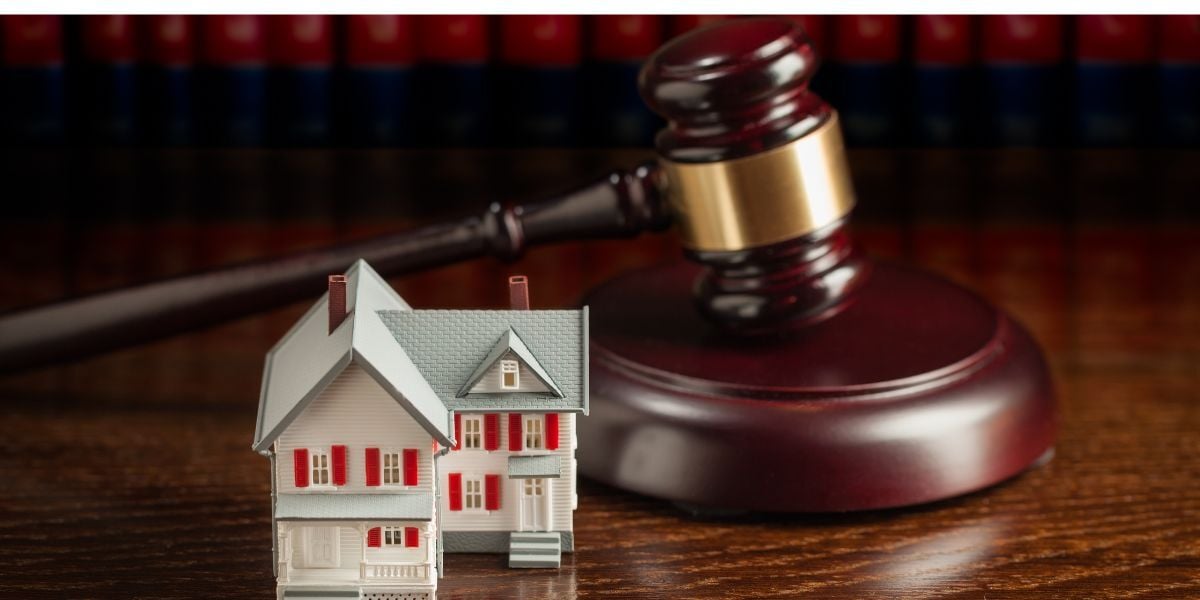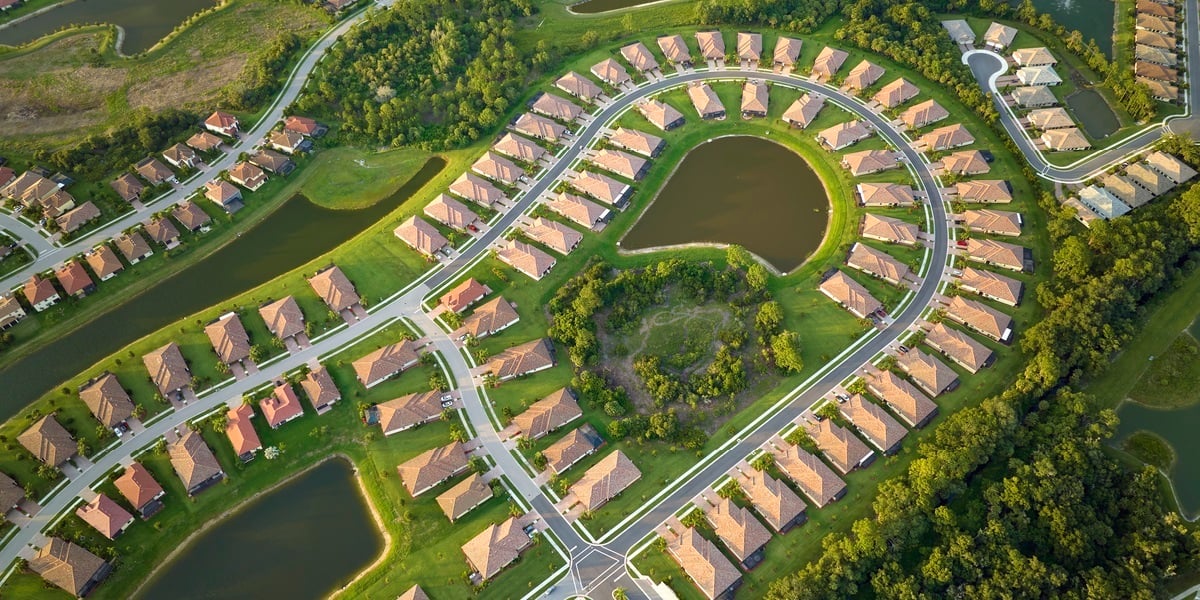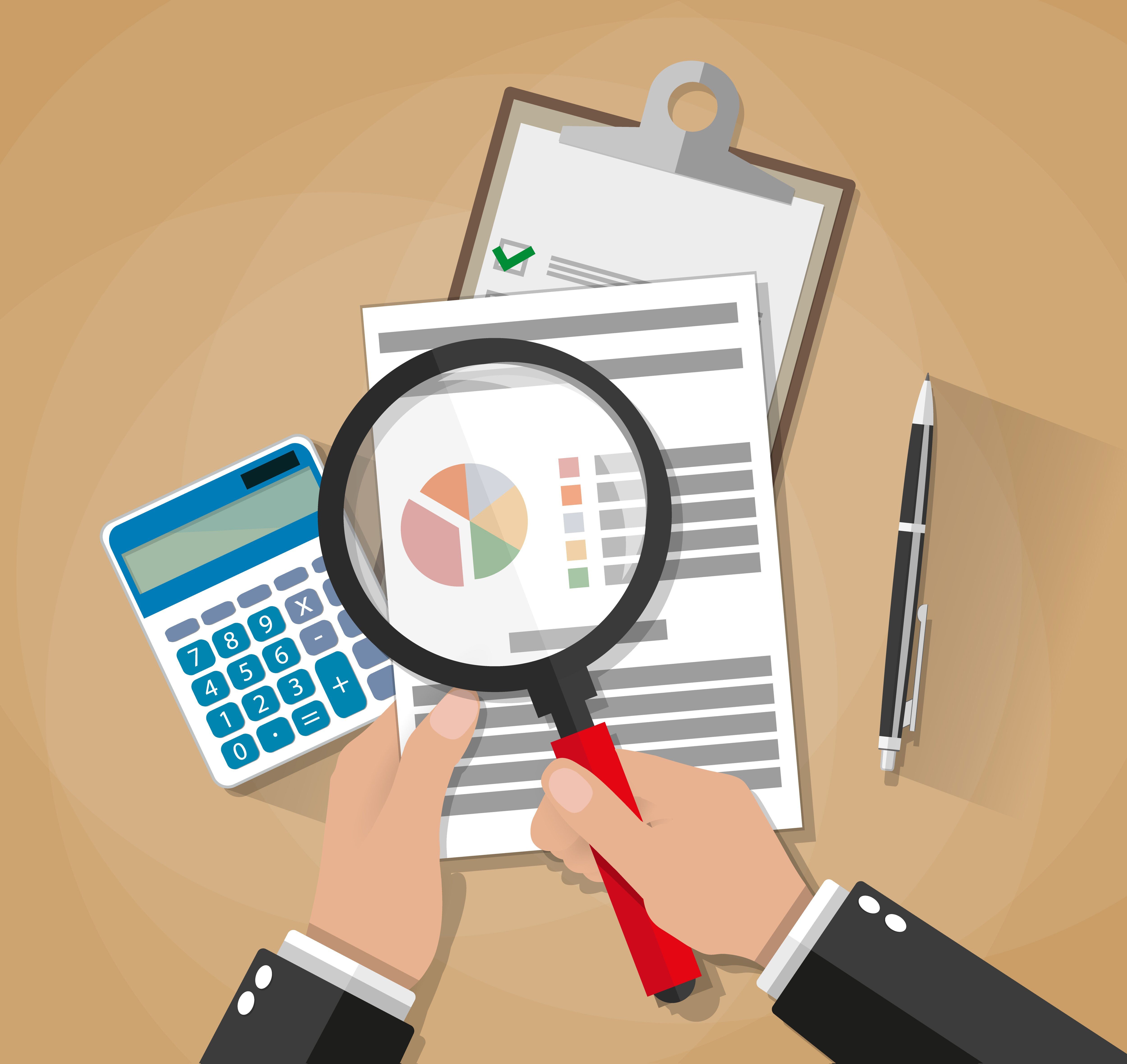 A hot topic among homeowners association members is knowing who is responsible for certain maintenance items in the community -- the homeowner or the Association? There are often assumptions on both sides, and when an issue arises and it’s not the outcome anticipated, disputes follow.
A hot topic among homeowners association members is knowing who is responsible for certain maintenance items in the community -- the homeowner or the Association? There are often assumptions on both sides, and when an issue arises and it’s not the outcome anticipated, disputes follow.
There's a quick an easy answer to this issue: read the governing documents! The responsibilities of the Association and the responsibilities of the homeowners can be found in the CC&Rs of the homeowners association.
It’s the homeowner’s responsibility to read the CC&Rs they are given when they move into the Association, or even better, ask about their responsibilities before purchasing the home so they understand what they’re responsible for. In a perfect world, the realtor would walk through all of these details when selling a house that’s a part of a homeowners association, but this isn’t always the case.
HOA board members should also have a good understanding of the CC&Rs so they are educated and prepared when an issue does arise. Each homeowners association is a little bit different. Some Associations may do nothing for you in terms of maintenance, except common areas, while some are responsible for almost everything.
For example, generally speaking condominium associations are responsible for just about everything. Or in other words, the Association owns the building, the homeowner owns the air space.
In this case, the Association would be responsible for things like the:
- Building
- Attic
- Exterior water lines
- Exterior painting
- Roofing
While the homeowner may be responsible for the:
- HVAC system
- Plumbing in the interior walls
- Indoor electrical
- Windows and doors
Again, it can’t be said enough: it’s crucial to read the governing documents!
For homeowners, the CC&Rs are the most important, but the Bylaws and Association rules are critical too. The CC&RS are the highest level of governing documents and explain what the Association is responsible for and what the homeowner is responsible for. The Bylaws dictate how the HOA operates as an organization. And then of course any rules the Board makes, given the authority from the CC&Rs, are required to be followed.
If there are some maintenance items that just aren’t addressed in the governing documents and should be, the documents can be amended by the HOA board. However, this is a costly and cumbersome process. The bottom line is: it’s important to read the governing documents to decide whether or not you want to live that way in the homeowners association.
So, how do you avoid maintenance misunderstandings in your Association community? Read the CC&Rs! If you can’t find your copy, contact your HOA board or manager so you’re not living under assumptions and are surprised when maintenance issues arise.










